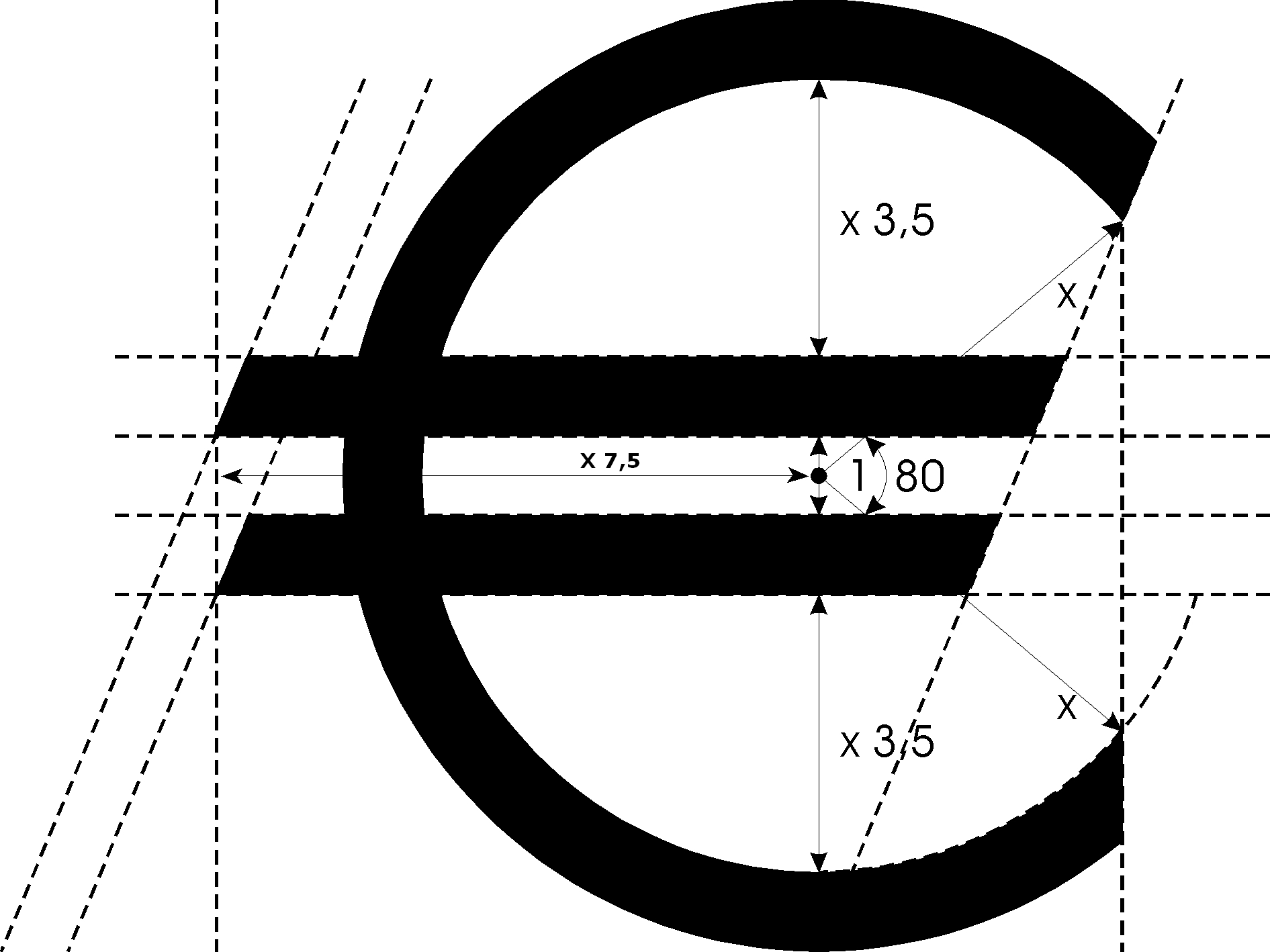
Earlier this week, the Reserve Bank of India(RBI) released the biannual Financial Stability Report. And this is how the most important paragraph of the report reads: “The gross non-performing advances (GNPAs) of SCBs sharply increased to 7.6 per cent of gross advances from 5.1 per cent between September 2015 and March 2016 after the asset quality review (AQR). A simultaneous sharp reduction in restructured standard advances ratio from 6.2 per cent to 3.9 per cent during the same period resulted in the overall stressed advances ratio rising marginally to 11.5 per cent from 11.3 per cent during the period. PSBs continued to hold the highest level of stressed advances ratio at 14.5 per cent, whereas, both private sector banks (PVBs) and foreign banks (FBs), recorded stressed advances ratio at 4.5 per cent.”
What does this mean? As on March 31, 2016, the gross non-performing advances (or bad loans) of banks stood at 7.6% of the loans that they have given out. This figure had stood at 5.1% as on September 30, 2016. It had stood at 4.6% as on March 31, 2015.
This basically means that between March last year and March this year, the bad loans of banks have gone up by 300 basis points. One basis point is one hundredth of a percentage. Between September 2015 and March 2016, the bad loans of banks have gone by 250 basis points.
Nevertheless, this is good news. But how can bad loans of banks going up be good news? It is good news because the banks (particularly public sector banks) are finally getting around to recognising bad loans as bad loans. Up until now, they were basically postponing the recognition of bad loans as bad loans by passing them as restructured loans.
A restructured loan essentially implies that the borrower has been given a moratorium during which he does not have to repay the principal amount. In some cases, even the interest need not be paid. In some other cases, the tenure of the loan has been increased.
This is how banks had been helping many borrowers who were no longer in a position to repay the loans they had taken on. In many cases, restructuring was just an exercise to postpone the recognition of bad loans. Even after the loans were restructured many borrowers, were not in a position to repay their loans.
This becomes clear from looking at the stressed advances ratio of the banks. The stressed advances figure is obtained by adding the total bad loans to the restructured assets. Over the last few years, the stressed advances ratio of banks has gone up at a rapid rate, as banks restructured loans at a rapid pace.
This has now stopped. The restructured asset of banks as on March 31, 2016, fell to 3.9% of loans. In September 2015, it had stood at 6.2% of total advances. This basically means that the strategy of banks to postpone recognition of bank loans by passing them off as restructured assets has come to an end. Given this, the overall stressed assets ratio of banks as on March 31, 2016, stood at 11.5%, against 11.3% as on September 30, 2015.
A stressed asset ratio of 11.5% was basically obtained by adding bad loans of 7.6% to restructured assets of 3.9%. In September 2015, the restructured assets had stood at 6.2% whereas the bad loans had stood at 5.1%, leading to a stressed assets ratio of 11.3%.
What this tells us is that between September 2015 and March 2016, the stressed assets ratio has gone up by just 20 basis points from 11.3% to 11.5%. Indeed, this is good news for the simple reason that banks are now being forced to recognise bad loans as bad loans and not pass them of as restructured assets like they were doing earlier.
This is a huge feather in the cap of both the Reserve Bank of India as well as the Narendra Modi government. The basic problem is with public sector banks which gave out loans in the past primarily to many crony capitalists, which these borrowers are now not in a position to repay.
The stressed asset ratio of public sector banks as on March 31, 2016, stood at 14.5%. As on September 30, 2015, the ratio had stood at 14.1%. The stressed asset ratio of public sector banks is now going up at a slower rate than it was in the past, as can be seen from the accompanying table.
| Date | Ratio |
| March 31, 2016 | 14.50% |
| September 30, 2015 | 14.10% |
| March 31, 2015 | 13.50% |
| September 30, 2014 | 12.90% |
| March 31, 2014 | 11.70% |
| September 30, 2013 | 12.30% |
| March 31, 2013 | 10.90% |
What this means is that public sector banks are cleaning up their act by recognising more and more bad loans. This wasn’t happening in the past. Now it is important that they go after the borrowers (especially the larger ones) and recover as much of the loans as they can. The more the loans they can recover, the lesser will be the capital that the government will have to put into these banks, to get them up and running again.
Also, it is important to point out that this cleaning up has been possible because of the asset quality review initiated by the Rajan led RBI. The RBI asset quality review covered 36 banks (including all public sector banks). This review accounted for 93% of the total lending carried out by the scheduled commercial banks.
As the RBI Financial Stability Report points out: “The exercise sought to validate objective compliance of banks with applicable income recognition, asset classification and provisioning (IRACP) norms and exceptions were reported by the supervisors as divergences in asset classification / provisioning.” This basically means that RBI was checking for whether banks are recognising bad loans as bad loans.
Indeed, the fact that the bad loans ratio has jumped to 7.6%, tells us that many banks were not recognising bad loans as bad loans, and that anomaly has been corrected. The first step in tackling a problem is to recognise that it exists. The Indian banks, in particular, the public sector banks have now started to do that.
The Financial Stability Report suggests that “under the baseline scenario, the gross non-performing assets ratio [bad loans ratio] may rise to 8.5 per cent by March 2017 from 7.6 per cent in March 2016. If the macro scenarios deteriorate in the future, the gross non-performing assets ratio may further increase to 9.3 per cent.” The point is that the worst is still not over for India’s banks.
Also, this basically means that banks need to be aggressive about recovering their loans. Further, it’s time that the government as the owner of public sector banks, starts forcing the defaulting promoters to give up on their equity.
Nevertheless, the bigger problem still remains. The bigger problem is the fact that the public sector banks continue to remain government owned. As Ruchir Sharma writes in The Rise and Fall of Nations—Ten Rules of Change in the Post Crisis World: “Spend a lot of time in field, and it is all too easy to find evidence that the state is not a competent banker.”
The Indian public sector banks have ended up in trouble more than a few times before. One of the reasons for this is the politicians forcing these banks to lend to crony capitalists. And as long as these banks continue to remain government owned, that risk remains, especially given that it is crony capitalists who ultimately finance the electoral ambitions of India’s politicians.
The column was originally published in Vivek Kaul’s Diary on June 30, 2016




 In 2014-2015, the total amount of pulses imported stood at 4.57 million tonnes. As can be seen from the table, the total amount pulses imported has gone up dramatically over the years. Between April 2015 and February 2016, the country imported 5.56 million tonnes of pulses. (Source: Commodity Profile of Pulses, May 2016).
In 2014-2015, the total amount of pulses imported stood at 4.57 million tonnes. As can be seen from the table, the total amount pulses imported has gone up dramatically over the years. Between April 2015 and February 2016, the country imported 5.56 million tonnes of pulses. (Source: Commodity Profile of Pulses, May 2016).